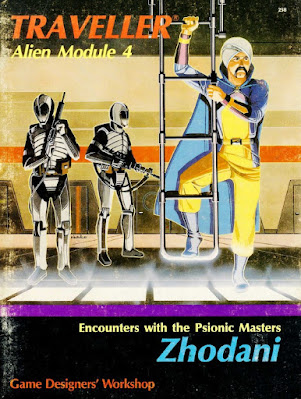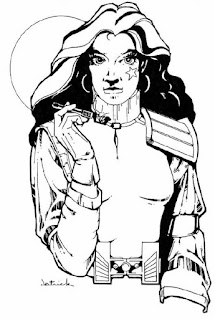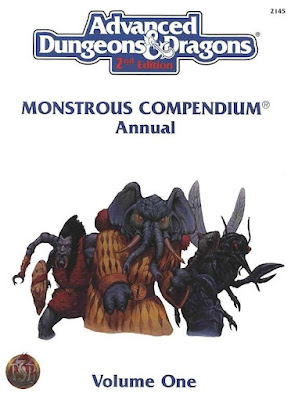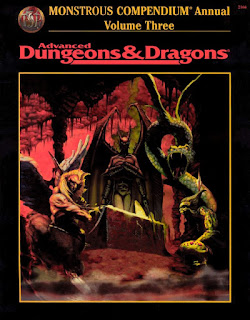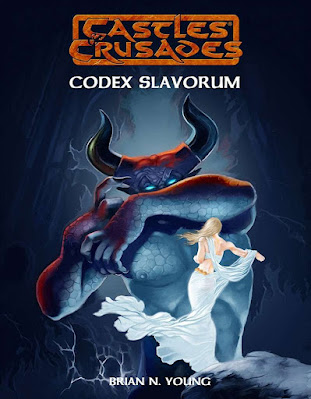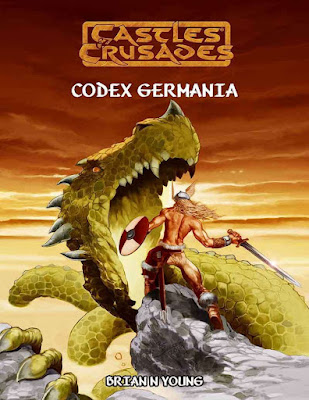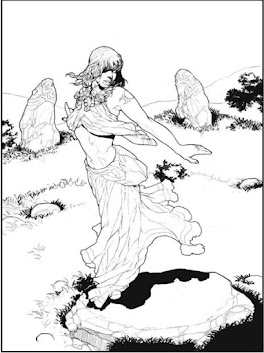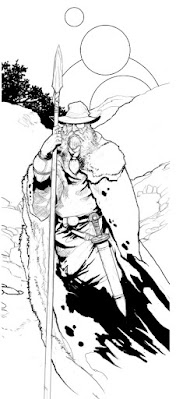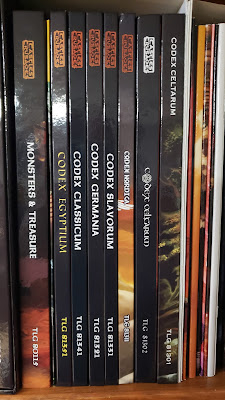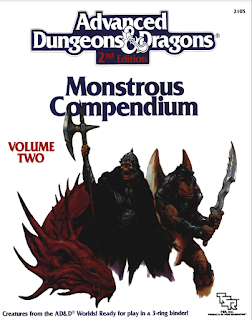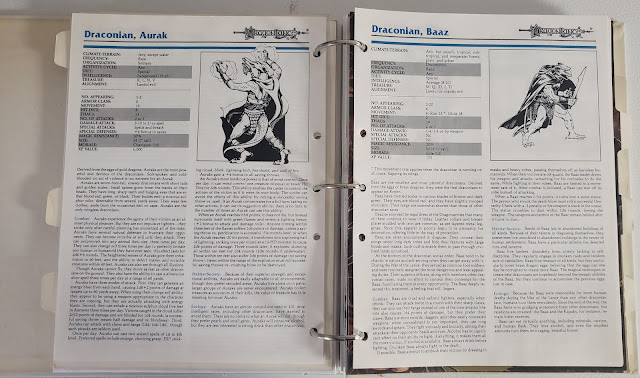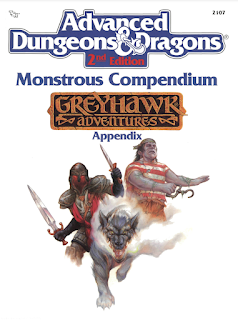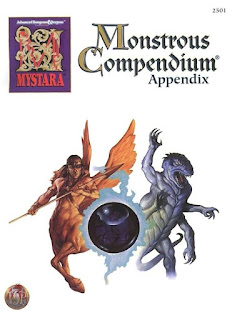For Part 2, I want to cover the next five.
PDF. 52 pages, color cover, black and white interior art.
Ok, I have heard of this one, it just, at the time, didn't grab my attention as much as the first three. The Zhodani are a race of psionic humans that established themselves on their homeworld about 300,000 years ago. That is the same time period as the Vargr. No idea if there is a connection yet.
This Module is much like the first three save there is no comparative anatomy section. The psychology is expanded and the character creation section is altered from the Traveller standard to deal with a race of psionic humans.
There is a small section on the Zhodani "Thought Police" that I thought could have been larger, given their role in Zhodani society. Still though, an interesting take on an "Alien" for Traveller.
Alien Module 5 - Droyne
PDF. 52 pages, color cover, black and white interior art.
We are getting into very unfamiliar territory for me. The Droyne are an ancient race that had Jump Drive technology long before (at least 50,000 years before) the other major races. Though they tend to placid lives on pastoral planets. They don't seem to have the desire to get out to other worlds like the races covered so far.
They are a smaller race, standing under a meter tall, reptile/bird-like, with small wings. The original homeworld of the Droyne is believed to have been a low gravity one to allow their relatively small wings to work. Droyne are divided into six main castes and this affects their psychology and their physiology. In one example the Droyne have three genders and all three are needed to gestate a clutch of fertilized eggs. Certain genders belong to certain castes and rarely are there exceptions. Droyne can also be high psionic.
There are the typical sections on worlds, there is no longer a Droyne "homeworld", starships and service. This includes a character creation section that also differs from Traveller standard to cover the unique qualities of the Droyne species.
The biggest "Feature" to alien is where did they come from? How did they develop jump drive technology and why are they not spread out over known space more given their 50,000 year head start?
I can see where playing a Droyne character would be an interesting challenge.
Alien Module 6 - Solomani
PDF. 52 pages, color cover, black and white interior art.
This "alien" species has a familiar name and a familiar look. The Solomani are space-adapted humans. Maybe "space-adopted" humans is a better term. Like the Vargr and the Zhodani, the Solomani were from Terran stock, human in the case of the Zhodani and Solomani. While the Zhodani (and other humans) developed on other worlds, the Solomani or Terrans stayed on Earth and then went out to the stars on their own.
This book has much more history and background details than all the other Alien Modules. It also gives us some starting insight to the various other human races in the galaxy (45 total according to the internet). There is also quite a lot on the Solomani Rim Sector of space.
Like the other Alien Modules, this covers some new character creation details, but is not too different than the Traveller standard which assumed human.
We end with an adventure about a lost colony and the deaths of thousands.
Alien Module 7 - Hiver
PDF. 52 pages, color cover, black and white interior art.
Back to another very alien species and one I knew nothing about till I bought this.
Where the other books typically opened with a comparative anatomy/physiology this one opens with just an overview of the hiver physiology as there are no reference points for comparison.
They are called Hivers due to their hive-looking cities, but they are not really hive-mind creatures (say like bees), they are cooperative and work together well but respect the individual (otherwise we could not have characteristics of them).
This book follows the outline of the other Alien Modules, with details on the Hiver's homeworlds, their government, and technology. Likewise, there is detail about their starships and the world they inhabit.
As expected there is a bit more on their psychology as a completely alien species. The rules for character creation are present for both "Basic" Traveller (LBB and such) and "Advanced" (High Guard, Mercenary, and beyond). Special attention is given to their unique physical and psychological differences.
There is an adventure included at the end to introduce these aliens to players.Alien Module 8 - Darrians
PDF. 50 pages, color cover, black and white interior art.
Our last Alien Module of the Classic Traveller series and one of the last books before the big edition change. The Darrians are of human-ish decent and would be a minor player in the game of Galatic politics save for two reasons. While the majority of the Imperium is TL15 (tech level) the Darrians are TL 16 and have been for a long time. Also they have the knowledge of the "Star Trigger" essentially a weapon that causes a star to go supernova.
For a major power player the Darrians only occupy a small subsector of space. So this make talking about their history into space shorter. This Alien Module covers all the same basics as the previous ones. Again, as expected, since the Darrians (more on that) are from human stock seeded by the Ancients 300,000 years ago there is no comparative anatomy or physiology presented.
"Darrian" can mean many things, a gentic Darrian are the ones that were seeded 300k years ago and evolved on their own in their sector of space. It can also mean someone living in the Darrian Confederecy. It can be anyone that is a citizen of the Darrian Confedercy. These details are explored more in the History and has an effect on Basic and Advnaced character creations. Darrians are golden skinned, tall but slight of build and have pointed ears. If you are thinking "Space Elves" then I am right there with you.
Darrians can be fairly described as the academics of the Imperium. A "Darrian vacation" is going to the library. Or something in the pursuit of knowledge. I kinda like these guys.
We get the usual background information on their history, technology, starships, worlds, society and government.
There is also an adventure, "The Secret of the Star Trigger", included at the end.
--
So. For SciFi month this ends my little jaunt into Classic Traveller. By my estimation there are over 300 Classic Traveller related products out there. That is not counting anything published using the Cepheus Deluxe rules or the Mongoose rules. I know in two weeks all I have done is (barely) scratch the surface. I could spend the rest of this year talking about Traveller to exclusion of all other topics and still not get to everything.
While I might be done with Classic Traveller (for now) I am not done with Traveller AT ALL. I have a couple of other posts coming up and then I want to get into the Traveller2300 vs MegaTraveller fray.

